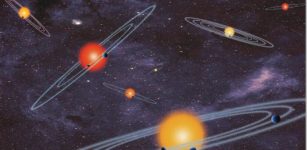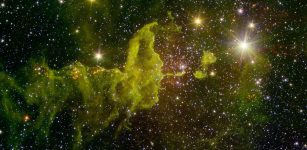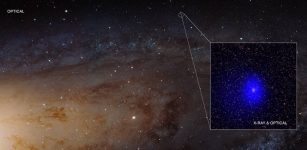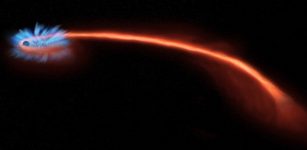Rare, Pulsating Star Identified 7,000 Light Years Away In Pegasus Constellation
MessageToEagle.com – Astronomers have spotted a rare, pulsating star that is expanding and contracting in a unique pattern in three different directions, simultaneously on a scale of once every 2.5 hours.
This variable star, named ROTSE1 J232056.45+345150.9, is located 7,000 light years away in the Pegasus constellation. The object is as large as – or even bigger – than the Earth’s sun. It is one of only seven stars of its kind identified in our galaxy.
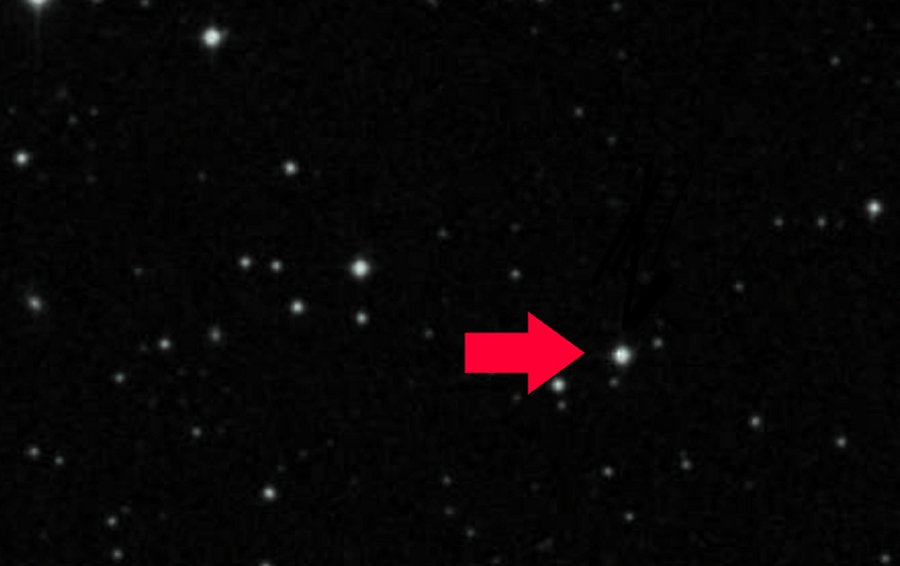
The Milky Way has more than 100 billion stars. But just over 400,900 are catalogued as variable stars. Of those, a mere seven — including the one identified at SMU — are the rare intrinsic variable star called a Triple Mode ‘high amplitude delta Scuti’ or Triple Mode HADS(B), for short.
“It was challenging to identify it,” said astronomer Farley Ferrante, a member of the team that made the discovery at Southern Methodist University, Dallas.
“This is the first time we’d encountered this rare type. But we knew there was something going on because the light curve didn’t quite match known light curves of other delta Scuti’s and HADS’ objects we had studied. The light curves – when laid on top of each other – presented an asymmetry,” Ferrante said.
The star’s name is related to a powerful ROTSE-I telescope formerly at Los Alamos National Laboratory in New Mexico and SMU’s astrophysicists discovered this variable star by analyzing light curve shape, a key identifier of star type.
“The discovery of this object helps to flesh out the characteristics of this unique type of variable star. These and further measurements can be used to probe the way the pulsations happen,” said SMU’s Robert Kehoe, a professor in the Department of Physics who leads the SMU astronomy team.
“Pulsating stars have also been important to improving our understanding of the expansion of the universe and its origins, which is another exciting piece of this puzzle.”
There are thousands of Delta Scuti stars; they have characteristic features, including short periods of pulsating on the scale of a few hours.
See also:
The Bullet: Mysterious Cloud Of Molecules Tearing Through The Milky Way
Giant Mystery Wave Spotted In Atmosphere Of Venus
World’s Largest Digital Survey Of The Visible Universe Released
Among them, there is a subtype called high amplitude delta Scuti (or the so-called HADS.) Their brightness varies to a particularly large degree, registering more than 10 percent difference between their minimum and maximum brightness, indicating larger pulsations. A smaller sub-category are the HADS, which show asymmetrical-like pulsating curves. Within HADS, there’s another subtype called HADS(B) , of which there are only 114 identified.
Pulsation results from expanding and contracting as the star ages and exhausts the hydrogen fuel at its core. As the hydrogen fuel burns hotter, the star expands, then cools, then gravity shrinks it back, and contraction heats it back up.
“I’m speaking very generally, because there’s a lot of nuance, but there’s this continual struggle between thermal expansion and gravitational contraction,” Ferrante said.
“The star oscillates like a spring, but it always overshoots its equilibrium, doing that for many millions of years until it evolves into the next phase, where it burns helium in its core. And if it’s about the size and mass of the sun — then helium fusion and carbon is the end stage. And when helium is used up, we’re left with a dying ember called a white dwarf.”
MessageToEagle.com
Expand for references


